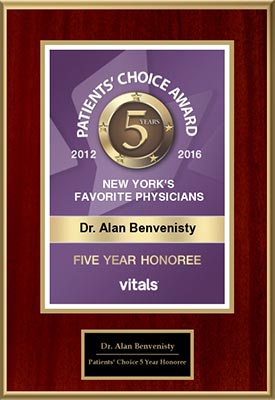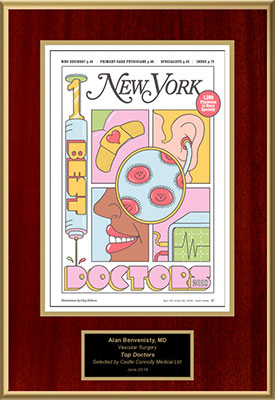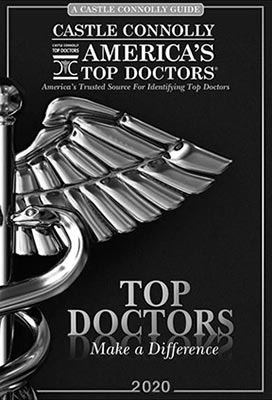How Vascular Stenting and Balloon Angioplasty Work Together

For patients suffering from vascular conditions such as arterial blockages, vascular stenting and balloon angioplasty are essential procedures that can restore proper blood flow and reduce symptoms like pain, fatigue, and organ dysfunction. These minimally invasive techniques are often used together for optimal results. At the practice of Dr. Alan Benvenisty, MD, a highly skilled vascular surgeon in NYC, we offer these procedures to treat a variety of conditions, including carotid artery disease, intestinal artery disease, and renal artery stenosis.
What Is Balloon Angioplasty?
Balloon angioplasty is a procedure designed to open narrowed or blocked arteries. During the procedure, a catheter with a small balloon at its tip is inserted into the affected artery. The balloon is threaded to the area of stenosis (narrowing) and then inflated, pushing plaque and fatty deposits to the sides of the arterial wall. This helps to restore blood flow through the artery.
However, while angioplasty can effectively clear blockages, there is a risk that the artery may narrow again over time—a condition known as restenosis. To prevent this, vascular surgeons often use stents in conjunction with angioplasty.
What Is Vascular Stenting?
A vascular stent is a small, expandable mesh tube that is placed inside an artery to keep it open after angioplasty. The stent acts as a scaffold, providing structural support to the artery and significantly reducing the risk of re-blockage. According to studies, the use of stents can lower the risk of restenosis by improving arterial stability and keeping blood vessels open long-term.
Stenting is used to treat many vascular conditions, including:
- Carotid artery disease: A blockage in the carotid artery, which supplies blood to the brain, increases the risk of stroke. Carotid artery stenting helps prevent future blockages and strokes.
- Peripheral artery disease (PAD): Stents are used to open arteries in the legs, improving circulation and reducing pain or mobility issues.
- Renal artery stenosis: Narrowed arteries leading to the kidneys can impair kidney function, but angioplasty and stenting can restore proper blood flow.
- Intestinal artery disease: This condition restricts blood flow to the intestines, potentially causing severe pain and digestive issues. Stents and angioplasty can help alleviate these symptoms.
How Angioplasty and Stenting Work Together
The combination of angioplasty and stenting offers a powerful solution to arterial blockages. Here’s how the two procedures work together:
- Accessing the Blockage: A catheter is inserted into a blood vessel, typically through the groin or wrist, and guided to the site of the blockage.
- Positioning the Balloon and Stent: A balloon, sometimes with a pre-mounted stent, is positioned within the narrowed artery.
- Expanding the Artery: The balloon is inflated, compressing the plaque against the arterial walls and expanding the stent at the same time.
- Maintaining Arterial Support: The balloon is deflated and removed, but the stent remains in place, ensuring that the artery stays open and blood flow is restored.
This approach allows for long-term success in treating arterial blockages and minimizing the risk of complications like restenosis.
Schedule a Consultation with Dr. Alan Benvenisty
If you have been diagnosed with a vascular condition, vascular stenting and balloon angioplasty may offer an effective treatment option. At Dr. Alan Benvenisty’s practice in NYC, we are dedicated to providing advanced, minimally invasive solutions to improve your vascular health. Contact us today to schedule a consultation and learn more about how these procedures can restore proper blood flow and enhance your quality of life.
Posted on behalf of
440 West 114th St, Second Floor
New York, NY 10025
Phone: (212) 523-4706
Monday & Friday 9:00 AM – 5:00 PM







